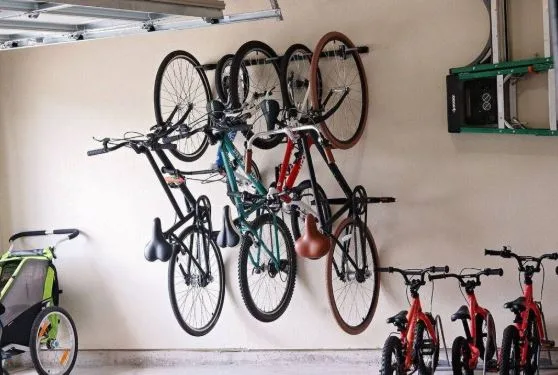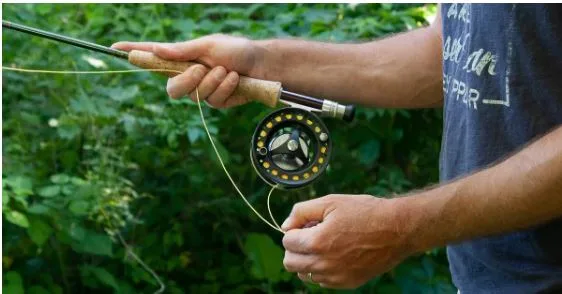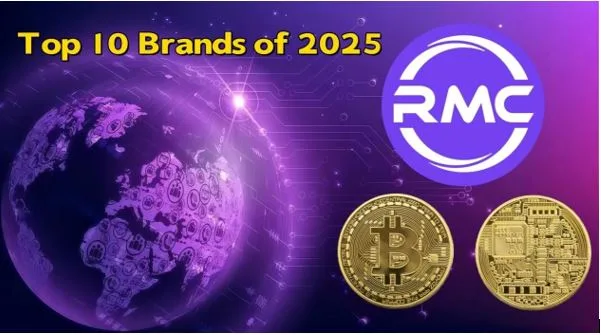Technology Investments Every Bar Should Consider This Year
A packed bar alive with chatter and clinking glasses captures the thrilling balance between chaos and control. Amid flashing taps and fast orders, every second counts, and every inefficiency chips away at profit. Modern technology offers more than convenience—it reshapes how bars operate, revealing opportunities that used to hide in plain sight.
From smarter pour systems to connected sales data, the right tools turn pressure into precision. They help teams anticipate demand, reduce waste, and focus on hospitality instead of hurry. Each digital upgrade compounds small efficiencies into measurable gains, building smoother nights, steadier profits, and better experiences for both guests and staff in one seamless rhythm.
Self-Pour Beverage Systems That Drive Efficiency
A bank of self-pour taps humming during happy hour shifts priorities: guests control pours, timers log servings, and bartenders return to table service and genuine conversations. The change trims lines, reduces accidental overpours, and creates better service moments. Measured pours encourage tasting flights and extra rounds, naturally lifting sales and guest satisfaction, especially when a beer wall adds visual appeal and interactive energy to the experience.
Labor shortages and rising costs make self-pour systems a practical hedge: staff focus on high-value interactions while digital pours maintain precision and reduce waste. Begin with a single-station pilot, track pour data and waste trends, refine limits and pricing, then scale thoughtfully. A short, four-tap trial over two weeks often reveals efficiency gains worth expanding.
Point-of-Sale Platforms That Connect Everything
A tablet displaying open tabs, pour levels, and ticket times turns the pace of a crowded shift. Modern POS platforms merge sales, payments, and inventory into one real-time dashboard, giving owners and staff shared visibility. Instant reports accelerate checkouts, reduce costly errors, and spotlight the items and hours that drive true profit.
When POS systems link directly with ordering and pour tracking, blind spots vanish. Each transaction updates stock counts, flags low inventory, and informs smarter restocking. That insight sharpens operations and lightens mental load, freeing staff to focus on guests rather than logistics. Begin with a weekend sync test, then use variance reports to refine pricing and orders.
Inventory and Purchasing Tools That Protect Margins
Accurate inventory tracking forms the backbone of profitability in any bar. Modern platforms capture every ounce poured, linking costs to real-time sales and revealing patterns hidden in spreadsheets. Instead of reacting to shortages or overstock, managers gain foresight—knowing exactly when to reorder and which bottles quietly drain profits. This turns inventory into a strategic advantage rather than a nightly chore.
Mobile dashboards and barcode scanning simplify cycle counts while surfacing actionable insights. They highlight slow movers, prevent waste, and align purchasing with genuine demand. Each update creates a clearer, faster feedback loop that stabilizes cash flow and sharpens decision-making. The result is consistency—less guesswork, fewer emergencies, and margins protected through precision rather than luck.
Guest Experience Tech That Increases Spending
A couple taps on a phone can turn a ten minute bar wait into an extra cocktail order. QR menus with clear photos, suggested pairings, and portion sizes cut decision time and lift add ons. Integrated ordering routes drinks straight to the bar, flags table status, and shortens handoffs between staff for faster service.
Floor tablets or server apps that show table timers and assignment reduce missed rounds and late checks. When orders, payments, and loyalty credits sync, average spend rises as follow ups and tasting upgrades appear naturally. A two week QR menu trial during peak shifts often exposes order to pour time savings and higher per ticket totals.
Staff Management Systems That Build Reliability
A shift app that replaces sticky notes and group texts gives staff real-time schedules, swap requests, and one-touch availability updates. Built-in training modules, digital checklists, and threaded shift notes reduce confusion during busy hours. Managers track attendance patterns, flag chronic no-shows, and use automated reminders to limit last-minute callouts.
Clear communication and brief refresher courses lower turnover by removing uncertainty and speeding onboarding. Daily goal boards, shift scorecards, and peer feedback loops strengthen team focus and morale. Short, five-minute pre-shift huddles on one menu item or service cue create routine skill-building and connect people to upcoming tech pilots in a steady rhythm of improvement.
Technology now defines how successful bars operate. When every pour, payment, and purchase connects through data, service becomes smoother and profits follow naturally. The smartest investments aren’t sweeping overhauls but small, focused steps that uncover hidden potential. Each new tool refines workflow, improves accuracy, and strengthens team morale. Progress begins with one pilot—testing a system that saves time, reduces waste, and empowers staff to focus on guests. The future of bar management isn’t distant or daunting; it’s practical, measurable, and already within reach, waiting for leaders ready to serve smarter and grow stronger.




